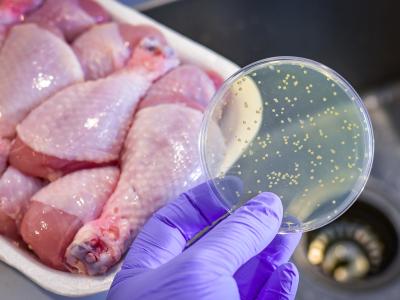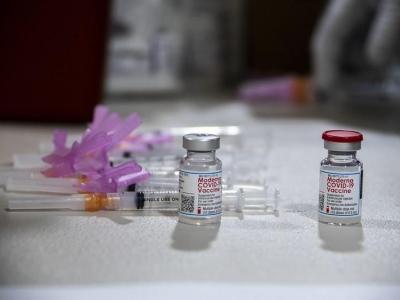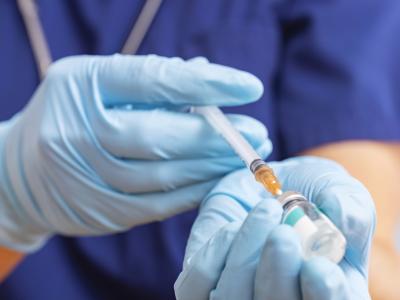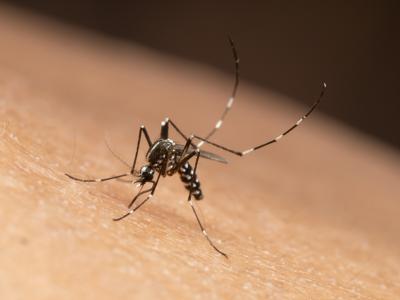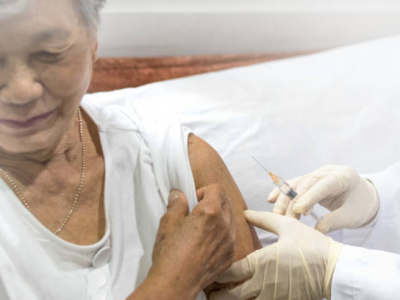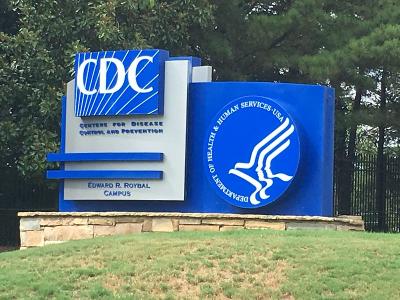Jul 19, 2007 (CIDRAP News) In an update on the nation's pandemic preparedness efforts, the US Department of Health and Human Services (HHS) yesterday said it had stockpiled enough H5N1 avian influenza vaccine to protect about 6 million people and that federal and state supplies contain enough antiviral medication to treat more than 48 million.
The 14-page HHS status report, its fourth official update, was released a day after the White House issued a report on US pandemic preparedness. While the HHS report focuses mainly on progress made on US soil, the White House addressed a broad range of pandemic planning activities, including detailed reports of US support of several overseas efforts.
Vaccine developments
HHS Secretary Mike Leavitt said in the report that the department has stockpiled 12 million doses of the H5N1 vaccine that was approved by the US Food and Drug Administration (FDA) in April as the first human avian flu vaccine. The two-dose schedule for the vaccine, which is based on a clade 1 virus isolated from a Vietnamese patient in 2004, would allow vaccination of 6 million people.
"If H5N1 or a similar pandemic virus reached the United States, this vaccine could help protect those who would be at the highest risk of exposure to the virus in the early critical months of a pandemic," Leavitt said in the report.
The report reviewed other federal efforts to boost supply and develop other H5N1 vaccines. In December the National Institute of Allergy and Infectious Diseases (NIAID) launched human trials of a DNA vaccine that contains no infectious material but only portions of the influenza virus's genetic material. In January the HHS awarded $132.5 million contract to three vaccine companies to develop adjuvants to stretch the supply of existing vaccine supplies and possibly protect against a wider range of influenza viruses.
Last May the HHS awarded five contracts totaling $1 billion to develop cell-based technologies for making flu vaccines, which would speed production compared with traditional egg-based methods.
Over the next 5 years the HHS investments in vaccine capacity will produce enough to cover every US resident within 6 months of the appearance of a pandemic virus, Leavitt said. "More funding will follow in the near future to help build US factories that will produce cell-based influenza vaccine," he said in the update.
Antivirals and other supplies
For antivirals, the HHS has said its goal is to stockpile enough to treat 81 million people: 50 million from the HHS and 31 from state supplies. Leavitt said the HHS has 36 million treatment courses on hand. He said nearly all states have enrolled in a federally subsidized program to purchase their own antiviral supplies, and purchases so far total 12 million treatment courses.
Leavitt said in January the HHS awarded $103 to develop peramivir, an injectable or intravenously administered neuraminidase inhibitor that has shown promising results against a range of influenza strains. "Further studies will test whether this drug can treat seasonal and other life-threatening influenza viruses such as H5N1," he said.
The HHS is also building stockpiles of personal protective equipment, the HHS report said. The department has purchased 104 million N-95 respirators and 52 million surgical masks and has allocated $100 million to buy ventilators, syringes, and intravenous antibiotics for the national stockpile.
Additional accomplishments
By December 2006, 59 states, territories, and tribes had held pandemic planning conferences, supported by $325 million from the HHS. The department said it has provided another $250 million for groups to hold pandemic preparedness exercises.
"As a follow-up, the HHS asked the National Governors Association to hold 10 regional pandemic influenza workshops this year to test intergovernmental and interstate cooperation," Leavitt said in the report.
On other fronts, the HHS has:
- Issued interim guidance on facemask and respirator use
- Released an advisory report on community mitigation strategies, which includes a pandemic severity index to guide the implementation of specific measures
- Hosted a leadership summit and blog series for community leaders to discuss how to promote personal pandemic preparedness
- Launched a series of public service announcements in English and Spanish to raise awareness about pandemic influenza and preparedness
- Distributed 19 checklists and guidances for governments, businesses, educational institutions, and individuals and families on the federal pandemic flu Web site, www.flu.gov.
See also:
HHS "Pandemic Planning Update IV"
http://www.flu.gov/professional/panflureport4.html
Jul 17 CIDRAP News story "White House issues 1-year status report on pandemic planning"








